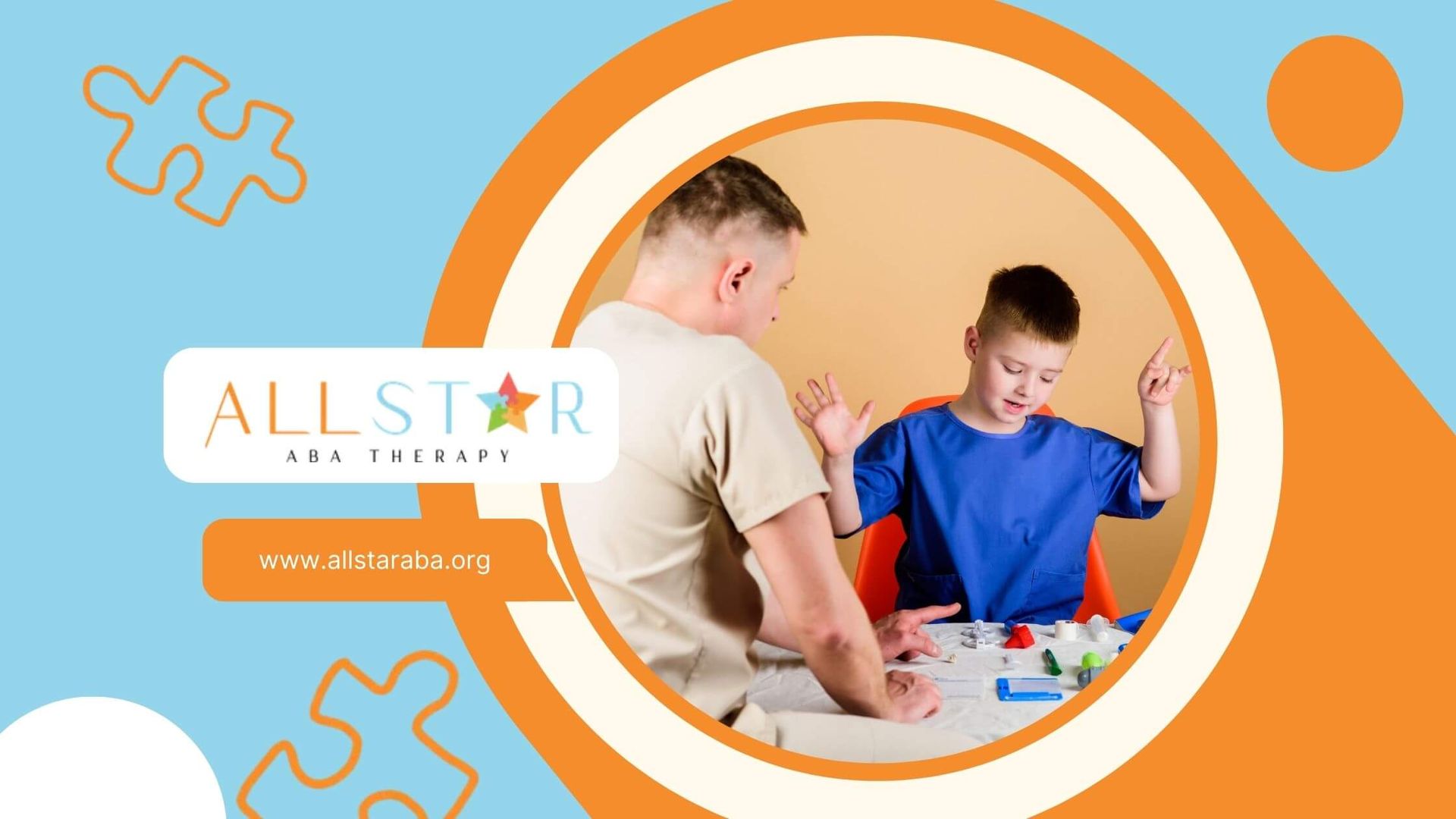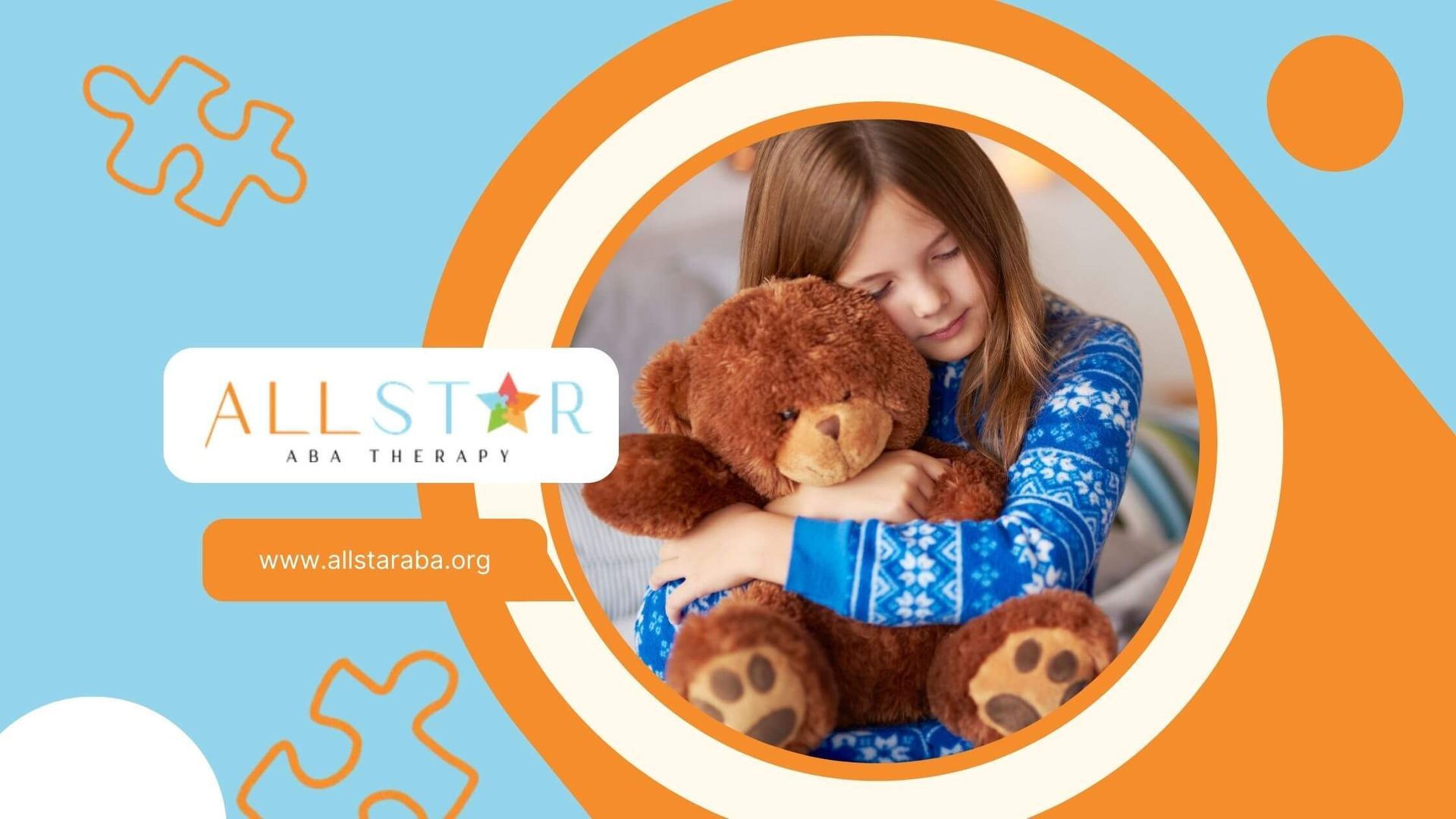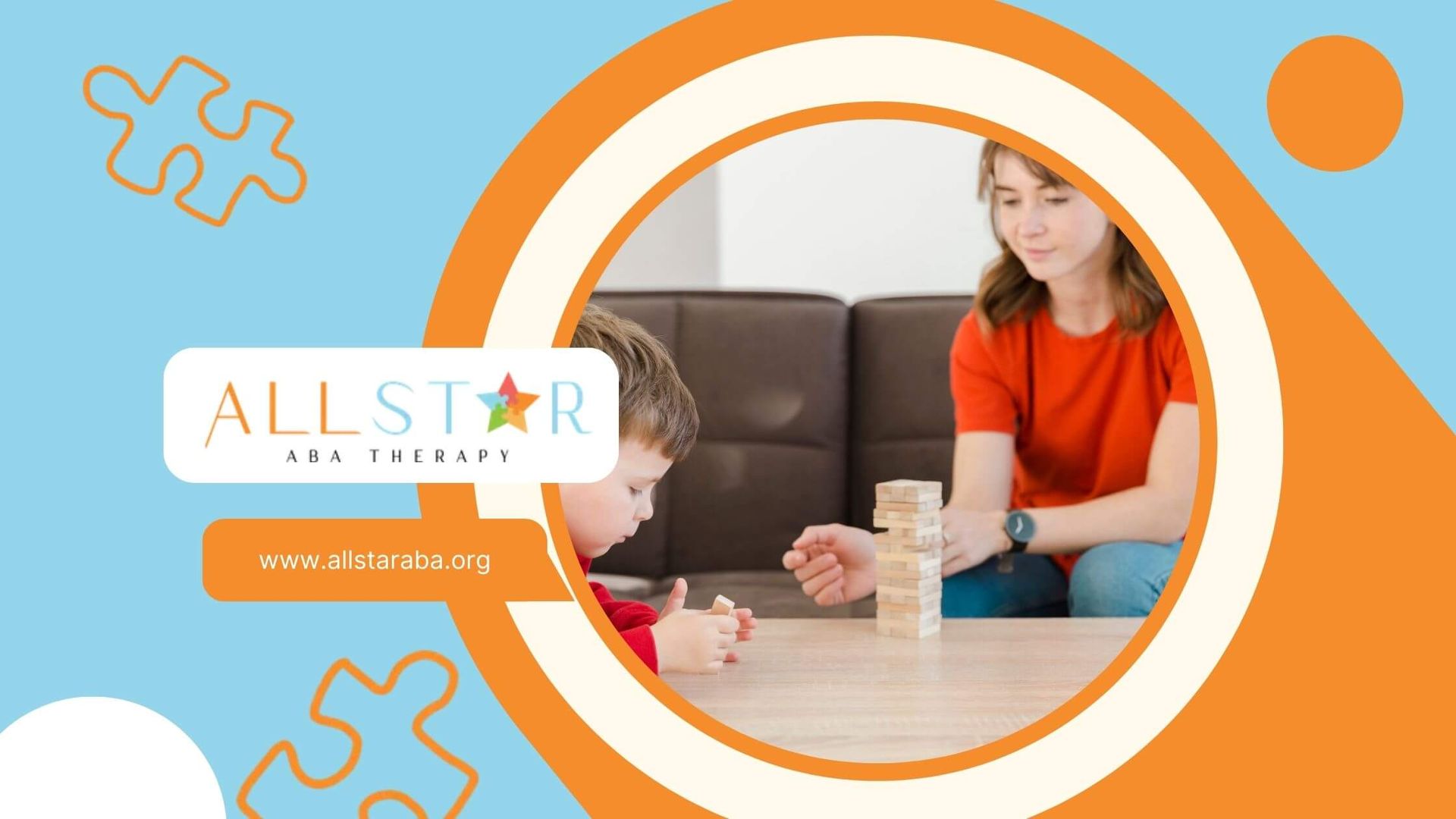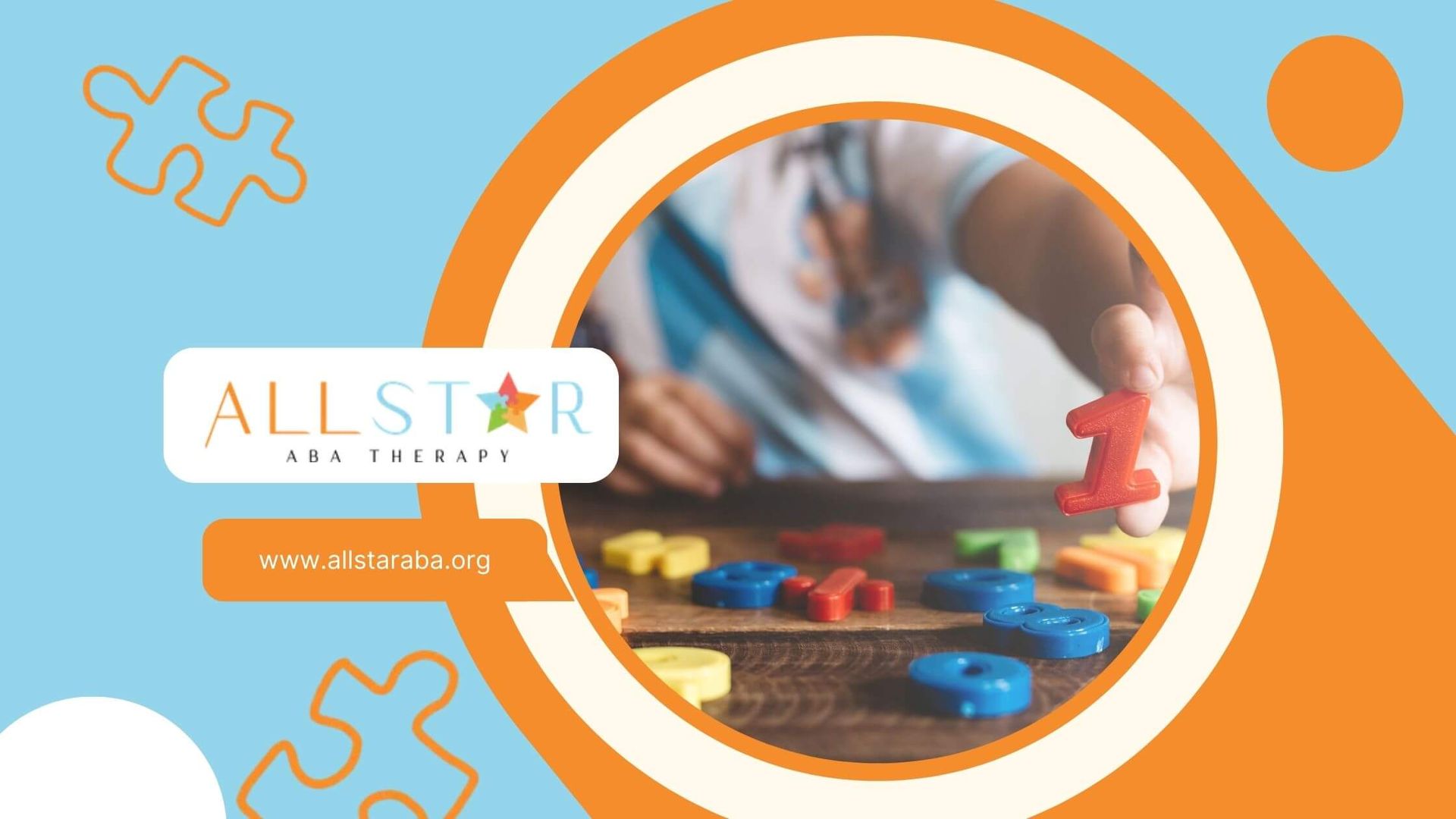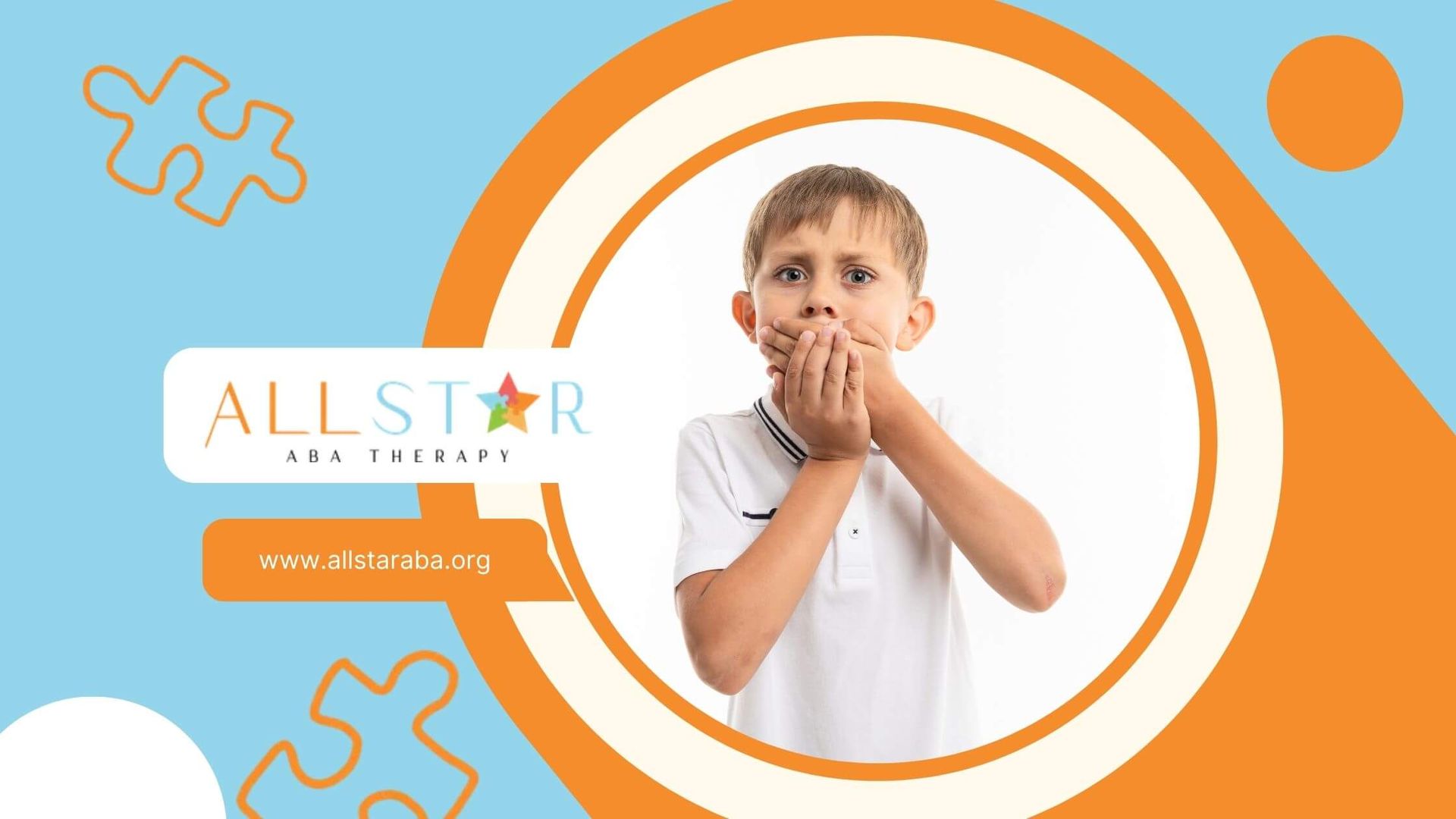New Paragraph
How to Build Independence with ADL Activities for Autism
This is a subtitle for your new post
The first time I worked with a child who struggled to brush their teeth independently, I realized something: what looks like a simple task to most of us is actually a complex chain of steps. For many autistic children, Activities of Daily Living—or ADLs—are some of the biggest mountains to climb.
But here’s the good news: with the right strategies, structure, and support, your child can learn these skills and thrive. Let’s walk through how we do it in ABA therapy, and how you can start making progress at home.
What are ADL Activities for Autistic Children?
What Does “ADL” Mean?
ADL stands for Activities of Daily Living—the basic self-care tasks we do every day. These include:
- Getting dressed
- Bathing and toileting
- Brushing teeth and hair
- Feeding oneself
- Washing hands
- Using utensils
- Transitioning between routines
For neurotypical kids, these tasks are often picked up naturally over time. But for children on the autism spectrum, ADLs can present unique challenges that require thoughtful, individualized support.
Why are ADLs Important for Autistic Children?
ADL skills are more than just tasks—they’re building blocks for confidence and independence. When a child can manage these routines, they’re better prepared for school, social outings, and future life transitions.
Benefits of focusing on ADLs include:
- Greater self-esteem
- Reduced dependence on caregivers
- Better hygiene and health
- Easier transitions into school or community settings
- Empowerment through routine and structure
How ABA Therapy Supports ADL Activities for Autism
As an ABA therapist, I use evidence-based strategies to help children break big tasks into manageable steps. The key is structure, reinforcement, and patience.
Here’s how we approach it:
1. Task Analysis: Breaking Down Each Step
Let’s take “brushing teeth” as an example. Instead of expecting a child to complete the task all at once, we break it into small steps like:
- Pick up toothbrush
- Turn on water
- Wet toothbrush
- Apply toothpaste
- Brush top teeth
- Brush bottom teeth
- Rinse mouth
- Put away toothbrush
This approach makes the task feel less overwhelming and more achievable.
2. Prompting and Fading
We often begin by modeling or physically guiding the task. Over time, we fade those prompts until your child can complete it independently. Types of prompts we use:
- Verbal: “Now let’s rinse.”
- Visual: Picture schedules or social stories
- Physical: Hand-over-hand guidance (used carefully and respectfully)
3. Positive Reinforcement
Every step completed—no matter how small—is a win. We reinforce success through praise, tokens, or preferred activities. This builds momentum and motivation.
4. Consistency Across Settings
ADLs are most effective when practiced in real-life settings. That’s why in-home ABA therapy is so valuable. It allows us to teach these skills where your child naturally performs them—your home.
Common ADL Challenges in Autistic Children
Every child is different, but here are some patterns I often see:
Sensory Sensitivities
Toothpaste might feel too strong. Clothing tags may be itchy. Water may feel too cold. We help by:
- Offering choices (e.g., different toothbrush textures)
- Using desensitization strategies
- Integrating sensory breaks
Resistance to Transitions
Children may resist moving from a preferred activity to a hygiene routine. We use tools like:
- Visual schedules
- First-Then boards
- Timers with warning cues
Motor Planning Difficulties
Even if a child wants to button a shirt, they might struggle with the fine motor coordination. Occupational therapists may collaborate with us, and we incorporate repetition, modeling, and assistive tools.
How to Start Working on ADLs at Home
If you're wondering where to begin, here are steps I often suggest to parents:
Step 1: Choose One Skill
Pick a daily task your child already shows interest in or partially participates in.
Step 2: Break It Down
Write out each step. Don’t rush. Even “pull up socks” can involve several motions.
Step 3: Use Visuals and Schedules
Children thrive on routine. Visual checklists and picture cards make abstract tasks more concrete.
Step 4: Keep Reinforcement Positive
Offer praise, high-fives, or a favorite activity once a step or task is completed.
Step 5: Celebrate Progress—Not Perfection
Mastery takes time. Focus on consistency over flawless execution.
Real-Life Example from My Sessions
I once worked with a 6-year-old named Liam who would scream at the sight of a toothbrush. After identifying that mint flavors overwhelmed him, we switched to a flavorless gel and used a vibrating brush that he actually liked the feel of.
With visual schedules and consistent routines, Liam not only tolerated brushing his teeth—he reminded us when it was time.
Progress doesn’t always look perfect. But it’s always worth it.
Partnering With Families: How All Star ABA Can Help
At All Star ABA, our mission is to help your child achieve greater independence in the most natural way possible. Our compassionate ABA therapists tailor each plan to your child’s strengths and challenges.
We don’t just work for your child—we work with you. And we celebrate every toothbrush held, every button fastened, every spoon used. Because each of those moments matters.
Frequently Asked Questions
What are ADL skills in autism?
ADL skills, or Activities of Daily Living, refer to basic self-care tasks like brushing teeth, bathing, and getting dressed. In autistic children, these tasks often require structured, step-by-step teaching using ABA therapy techniques.
How can I teach my autistic child daily living skills?
Start by picking one skill, breaking it into smaller steps, using visual aids, and practicing consistently. Positive reinforcement and patience are key. In-home ABA therapy can also be incredibly helpful.
Is ABA therapy effective for teaching ADLs?
Absolutely. ABA therapy is one of the most evidence-based approaches for teaching ADLs to autistic children. Therapists use individualized plans, prompting, and reinforcement strategies to help your child build real-life independence.
Sources:
- https://online.regiscollege.edu/blog/11-tips-for-teaching-activities-of-daily-living/
- https://pmc.ncbi.nlm.nih.gov/articles/PMC8992889/
- https://www.autismspeaks.org/life-skills-for-autism
- https://www.research.chop.edu/car-autism-roadmap/functional-skills
- https://www.autismspeaks.org/social-skills-and-autism
Need Support?
We're Here to Help!
Our experienced team is ready to assist you. Reach out today to discuss how we can support your child's development and well-being.
Get started with expert ABA therapy today.




